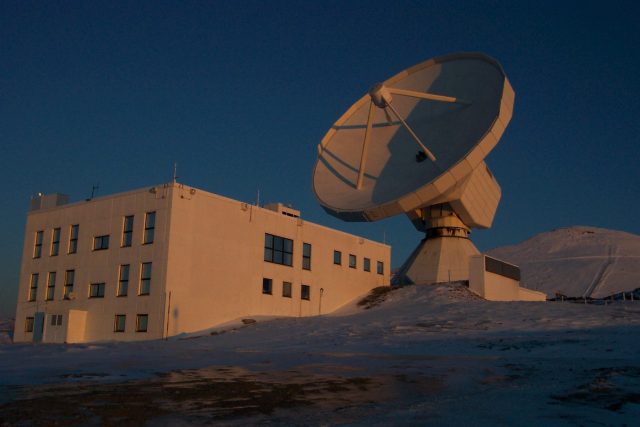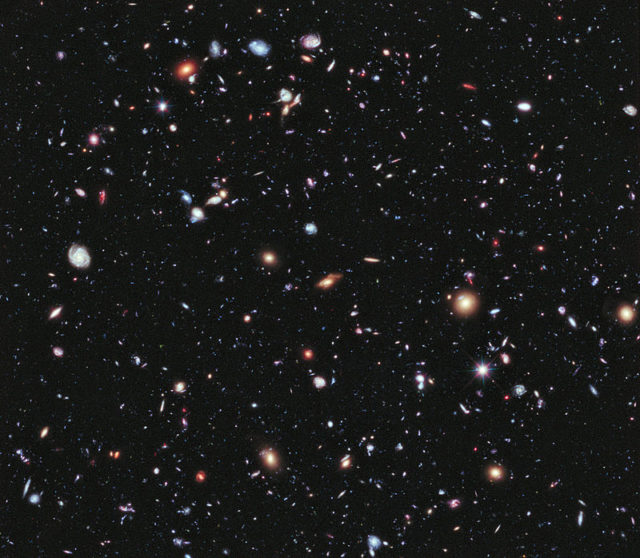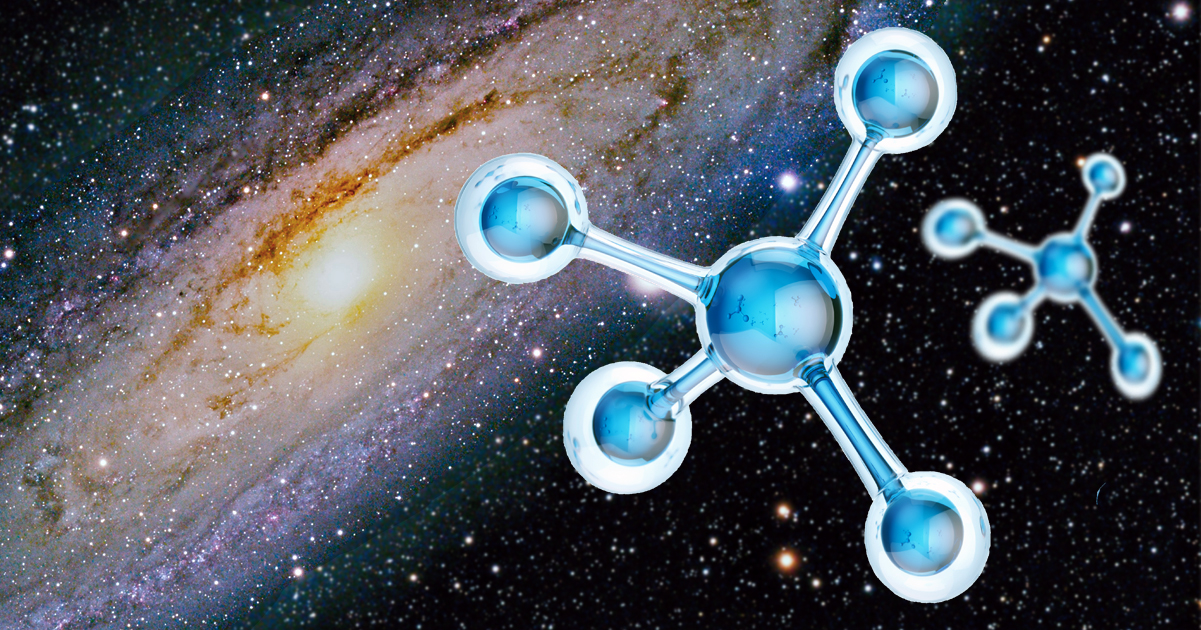People have longed dreamed of exploring and colonizing space beyond our galaxy, but first there would need to be air. Even once you get around the technical issues, there are other problems. One of those problems is that people need to breathe, and the oxygen necessary to sustain human life has never been found outside our home galaxy. Until now.
According to a recent report in the Daily Mail, astronomers have identified molecular oxygen, which forms breathable air, somewhere outside our own galaxy, the Milky Way, for the first time.
Atomic oxygen (O2) is the third most common element present in the Universe, coming in behind hydrogen and helium. Given that, scientists have long believed that they should be able to find molecular oxygen in space outside our galaxy but have never previously managed to do so.
Now, Junzhi Wang and a team of astronomers from the Shanghai Astronomical Observatory have identified the presence of breathable oxygen in a galaxy known as Markaryan 231, more than half a billion, yes, billion, light-years from Earth, near the constellation Ursa Major. The Markaryan galaxy is the closest one to our own that contains a quasar as well as a supermassive black hole or two, according to News Observatory.
Light wave readings were taken at the IRAM 30-meter telescope in Granada, Spain. These readings helped scientists detect evidence of molecular oxygen in the Markarian 231 galaxy, the first time it has been found outside the Milky Way.

They made their discovery by analyzing light waves which have made it to Earth from that galaxy. Oddly, it’s the presence of oxygen in our own atmosphere that makes it so difficult to find elsewhere, because, mixed with other the other gases in the atmosphere, oxygen makes it a challenge to get accurate light-wave readings from outside our galaxy. The mix of gases in our atmosphere takes those light waves and either absorbs or redirects them, complicating scientists’ ability to make a thorough analysis.

The waves coming from Markaryan 231, however, originated from a quasi-stellar object, or QSO. QSOs look like stars, but their light travels at a lower frequency than is typical. That lower frequency makes it easier for the light waves to pass through the Earth’s atmosphere, making an accurate analysis possible. Junzhi’s team used two radio telescopes, the IRAM telescope in Granada, Spain and the Northern Extended Millimeter Array in the French Alps. As a result, they found radiation in the spectrum of that galaxy at a wavelength of 2.52 mm, which is an indicator of molecular oxygen.

Gary Melnik, an astrophysicist at the Harvard-Smithsonian Center for Astrophysics, who was not part of the team who made the finding, says that in order to absolutely confirm that the radiation the Shanghai team found was from oxygen, they need to find a second wavelength from the molecule. That may be easier said than done, as other molecules can also give off radiation at these wavelengths. To try to confirm their findings they studied a lot of other molecules that emit radiation at a similar wavelength to the one they found, and they determined that none of them had ever been found in space before, except for as oxygen.
Check out the Rooms Inside the World’s First Space Hotel
Looking at the reading they got from Markaryan 231, the team suspects that the galaxy may have over 100 times as much air oxygen as the Milky Way. Besides here on Earth, oxygen has been discovered in two other parts of the Milky Way, in the Orion nebula and in the Rho Ophiuchi cloud, although the presence of the element was rare in both places. Some scientists have suggested that the reason interstellar O2 is in such short supply is because of water molecules and O2 molecules freezing into grains of dust, which may be part of what makes the new discovery so amazing.
Junzhi’s team hopes that doing further research can help them learn more about the role that oxygen distribution plays in the formation and development of galaxies and how that can have an effect on creating the necessary environment for the formation of life.
